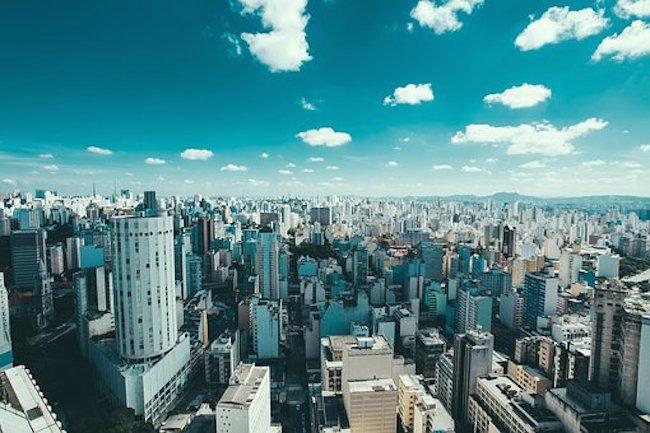Urban Navigation: How to Orient Yourself Quickly in a New City by Daisy Luther for The Organic Prepper
While, of course, I have a map and a compass, if there was an event that occurred which made me want to get home in a hurry, I’d rather know my way around without it instead of being forced to stop at every intersection and find the right way to go.
This proficiency isn’t just for city dwellers or travelers. Being able to quickly navigate through an urban environment is a very important skill. You never know when the S is going to hit the Fan. You might be at a doctor’s appointment in the city, shopping, or on a business trip. If the emergency is big enough, you may not be able to rely on Google maps or other navigational software to get yourself out of the area.
This is the way I orient myself quickly when I arrive in a new city.
Take a walk.
First things first, even if you have a vehicle to drive or plan to take public transit, you should take a walk. Since walking is slower, it’s easier to notice those little details that pass by in a blur when you’re in a car.
This morning, after arriving in a new city, I took an orientation walk to learn about my immediate neighborhood. To make this walk even more effective, I used the time to stock up on supplies for the next few days. I got food, snacks, drinks, etc.
I like to walk a minimum of 3 city blocks around the perimeter neighborhood of my apartment. I find the busier streets which are generally a good source of food and supplies. While I’m walking I take note of any place that would have useful supplies in the event of an emergency, like camping stores or hardware stores.
Remember landmarks.
Here in Greece, street names aren’t especially helpful to me because I don’t read Greek – they use a different alphabet. I find that even when I attempt to memorize the letters, it doesn’t make as much of an impression on me as landmarks do.
When I say “remember landmarks” that doesn’t necessarily mean that I’m remembering big touristy things like the Acropolis.
For your own purposes, a landmark can be anything that catches your eye. For example, today I found a door in a beautiful shade of lavender where I turn to get back to my house. Sometimes it might be a shop that has some interesting architectural features. It could be a restaurant that looks like it would have tasty food. Maybe it’s a large flowering plant or unusual balcony. You get the idea – find things that catch your eye.
A big one here in the city I’m currently visiting (Thessaloniki, Greece) is the sea. This is a large, unmoving landmark that is in front of my apartment.
Where are the landmarks in correlation to your home base?
Next – and this is the most important thing – where are all your landmarks in correlation to your home base?
This city is basically a mountain that leads down to the sea. So if I started out walking downhill, any time I face the sea, my apartment will be behind me. If I’ve walked uphill, when I turn to face the sea, my apartment is that way. A large body of water that you can see from multiple vantage points is a great landmark for orientation.
But not all cities are by the sea or a river, so you’ll need other landmarks too.
One block down the hill from my apartment is an extremely large church from the Byzantine era. That’s tough to miss and can be seen from a lot of different locations because of its size. I know that if I see that church, which is built into a hill, I simply need to walk uphill and I’m on my street. I also know that my apartment building is to the left when I get to the back of the church.
Coming from a different direction, I should turn right when I’m facing the charming lavender door I mentioned earlier. That’s one of the landmarks I use to find my street. I also found landmarks at the cross streets that my apartment lies between.




